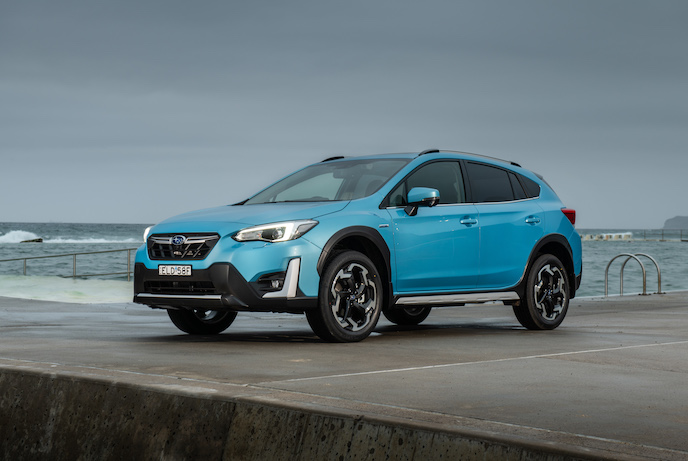The Australian Automobile Association’s (AAA) quarterly EV Index shows internal combustion engines’ (ICE) share of the Australian market continues to decline with more buyers opting for hybrids and plug-in hybrid electric vehicles (PHEVs).
Battery electric vehicle (BEV) sales also declined, reaching their lowest market share since 2022, says the AAA EV Index online data dashboard which analyses all new light vehicle sales across the country.
In national new light vehicle sales from Q2 2024 to Q3 2024 total sales (all engine types) fell 7.60% (from 312,889 to 289,098) ICE sales fell by 9.16% and ICE market share declined by 1.27%

BEV sales declined by 25.10% (from 25,353 to 18,990), and market share fell from 8.10% to 6.57%.
Hydrogen fuel cell electric vehicles (HFCEVs) still accounted for a tiny fraction of sales, says the AAA.
“Despite the decline in total light vehicle sales, sales of conventional hybrids and plug-in hybrids (PHEVs) continued to rise.
“From Q2 2024 to Q3 2024, nationally hybrid sales rose by 3.33% (from 46,727 to 48,282), and hybrid market share rose from 14.93% to 16.70%,and PHEV sales rose by 56.64% and market share rose from 1.49% to 2.53%.”
Sales figures during seven quarters confirm a clear growth trend for hybrids, while BEV market share appears to have peaked for now,” says the AAA.
“In the first half of 2023, BEVs outsold hybrids, but since then hybrids have outsold BEVs in five consecutive quarters. Hybrids are now outselling BEVs even in the ACT, which has long been Australia’s strongest BEV market.”
The AAA says PHEV sales are growing strongly, but from a low base, adding PHEVs are exempt from fringe benefits tax (FBT), which can save buyers thousands of dollars a year on a new car under a novated lease — but that benefit will end on April 1, 2025.
Many jurisdictions still offer stamp duty and registration discounts for BEVs, but government rebates for BEV purchases have now ceased in all states and territories, except Western Australia, says the AAA, adding that state had the lowest September 2024 quarter decline in BEV market share among all jurisdictions (-0.58% compared to -1.53% nationally).
“The ACT had the biggest September quarter decline in BEV market share (-6.63%) but it still had by far the country’s highest BEV market share (16.21%, down from 22.83% in the June quarter). The ACT also had the second-highest market share for sales of new hybrids (18.82%, exceeded only by South Australia’s 19.61%), and it had the highest PHEV market share (7.37% — almost triple the national rate of 2.53%).”
The AAA says SUVs remain Australia’s most popular vehicle segment.
“In the September quarter, just over half (50.89%) of new vehicles sold in this category were ICE.
“Almost a third (32.24%) were hybrids; 8.53% were BEVs; and 8.34% were PHEVs. Of the 7,323 PHEVs sold in the September quarter, 6096 (or 83.24%) were medium SUVs.”
The AAA says ICE vehicles still dominated the small SUV and large SUV market segments and accounted for most sales of small cars (72.72% market share in the September 2024 quarter) and large cars (70.74%).
“But medium car sales provided a different story – 21.85% ICE; 49.62% BEV; 27.69% hybrid; and 0.84% PHEV.”
More than 99% of utes and more than 98% of vans sold were ICE vehicles, says the AAA, adding ICE’s share of the people mover market fell from 97.6% to 89.15% quarter-on-quarter.
“Hybrids accounted for 10.6% of people mover sales – up from 2.29% in the previous quarter.
“After releasing a hybrid model in mid-2024, Kia accounted for the bulk of September quarter hybrid people mover sales. Lexus also offers a hybrid people mover (released in December 2023) but this is a low-selling luxury model.
“The remaining 0.26% of September quarter sales in the people mover category were for BEV vehicles.”
The AAA EV Index charts the progress of Australia’s vehicle technology transition. It collates information from multiple national, state and territory sources, including information provided by the Federal Chamber of Automotive Industries (FCAI) and the Electric Vehicle Council (EVC). The AAA says its index is intended to enable consumers, businesses, and fleet managers to see trends transforming the national vehicle market








